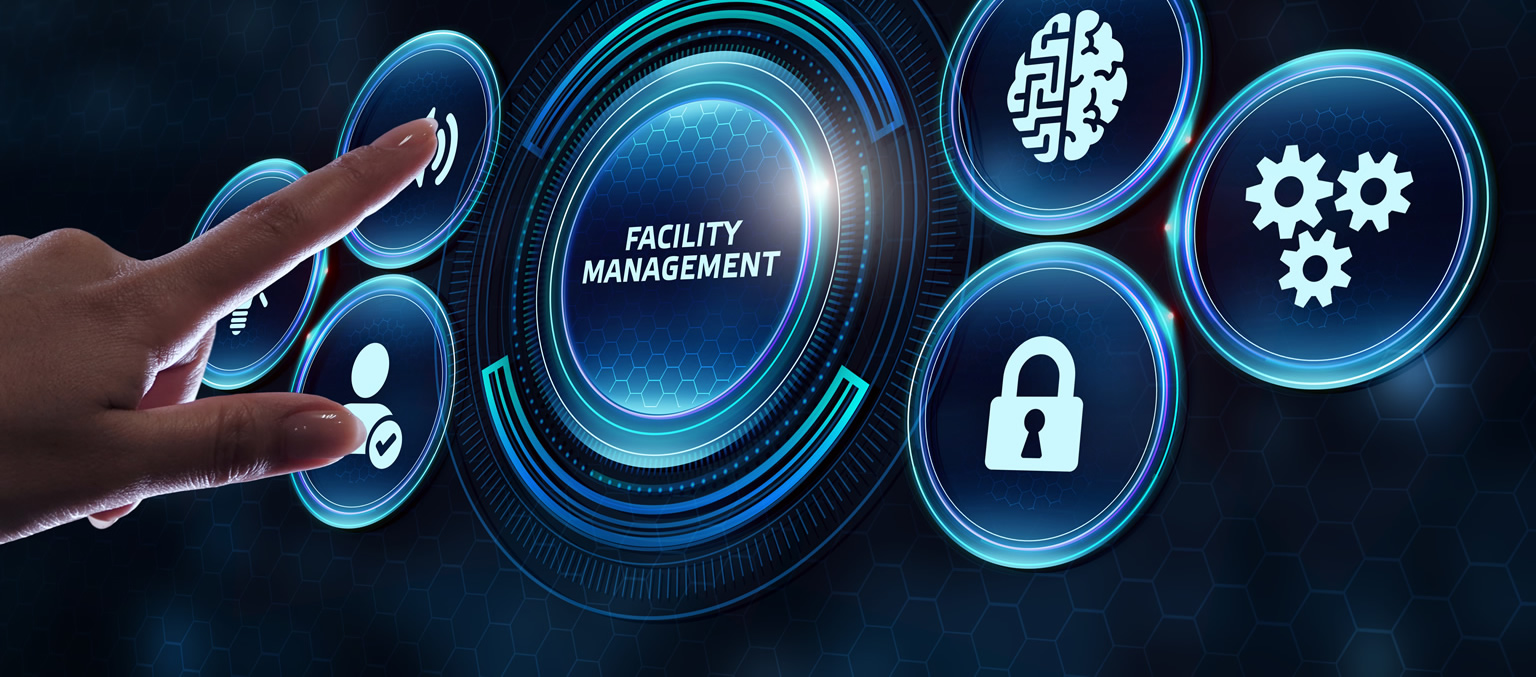Planned Preventive Maintenance (PPM) is a critical aspect of facility management aimed at maximizing asset performance, minimizing downtime, and ensuring operational efficiency. However, the success of PPM heavily relies on effective scheduling and prioritization of maintenance tasks. This article outlines best practices for scheduling and prioritizing PPM tasks to optimize resource allocation and enhance overall maintenance outcomes.

Asset Criticality Assessment: Begin by conducting a thorough assessment of asset criticality. Identify and prioritize assets based on their importance to operations, safety implications, and potential impact on production if they were to fail. Critical assets should receive higher priority in the maintenance schedule to minimize risks and maintain operational continuity.
Condition Monitoring: Implement condition-based monitoring techniques to assess the health of assets in real-time. Utilize technologies such as sensors, predictive analytics, and IoT devices to gather data on asset performance and detect early signs of deterioration. This data-driven approach allows for proactive maintenance scheduling based on actual asset condition rather than arbitrary time intervals.
Risk-Based Prioritization: Assess Planned preventive maintenance tasks based on risk factors such as safety hazards, regulatory compliance, environmental impact, and financial implications. Prioritize tasks with higher risk levels to mitigate potential consequences and allocate resources effectively.
Criticality vs. Frequency Matrix: Develop a criticality vs. frequency matrix to categorize maintenance tasks based on their criticality and required frequency. This matrix serves as a visual aid for determining which tasks should be prioritized and how often they need to be performed, optimizing the maintenance schedule accordingly.
Root Cause Analysis: Conduct root cause analysis for past maintenance incidents to identify underlying issues and recurring problems. Addressing root causes helps in preventing future breakdowns and allows for better prioritization of maintenance tasks by focusing on the most critical and impactful issues.
Resource Optimization: Evaluate resource availability, including manpower, equipment, and spare parts, when scheduling maintenance tasks. Allocate resources efficiently by grouping similar tasks together, considering skill requirements, and minimizing downtime during maintenance activities.
Flexible Scheduling: Implement a flexible scheduling approach that allows for adjustments based on changing operational priorities, resource availability, and unexpected events. Maintain open communication channels with stakeholders to accommodate urgent maintenance needs while ensuring minimal disruption to ongoing operations.
Performance Metrics: Define key performance indicators (KPIs) to measure the effectiveness of PPM activities. Monitor metrics such as asset uptime, maintenance costs, mean time between failures (MTBF), and mean time to repair (MTTR) to evaluate the impact of scheduling and prioritization strategies on overall maintenance performance.
Continuous Improvement: Establish a culture of continuous improvement by regularly reviewing and optimizing the maintenance schedule based on feedback, data analysis, and lessons learned from past maintenance activities. Encourage collaboration between maintenance teams and other departments to identify opportunities for efficiency gains and process improvements.
Training and Development: Invest in training and development programs for maintenance personnel to enhance their skills in scheduling, prioritization, and decision-making. Equip them with the necessary tools, knowledge, and resources to effectively manage PPM tasks and adapt to evolving maintenance requirements.
In conclusion, effective scheduling and prioritization of planned preventive maintenance tasks are essential for maximizing asset reliability, minimizing downtime, and optimizing maintenance resource utilization. By adopting best practices such as asset criticality assessment, risk-based prioritization, and continuous improvement, organizations can achieve greater efficiency and effectiveness in their maintenance operations, ultimately leading to improved overall performance and profitability.